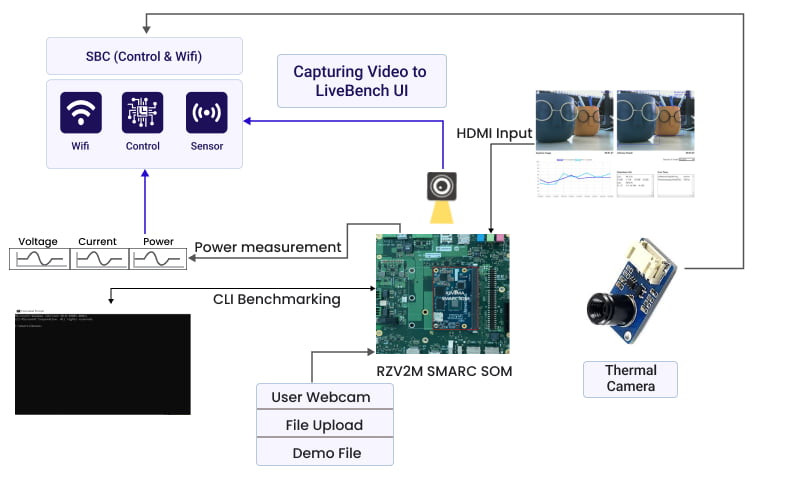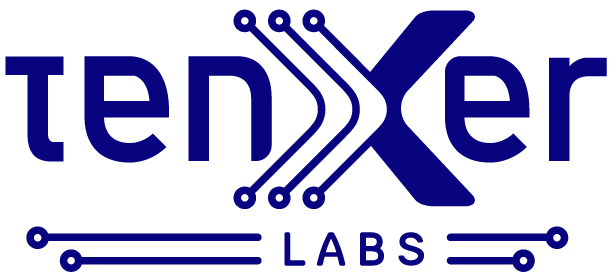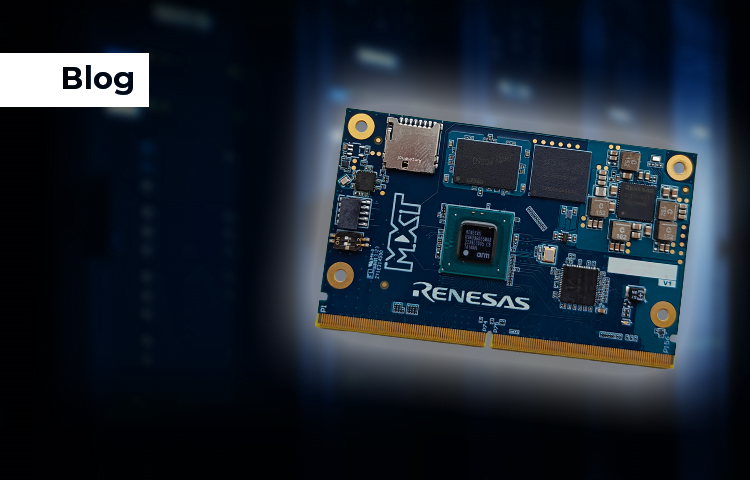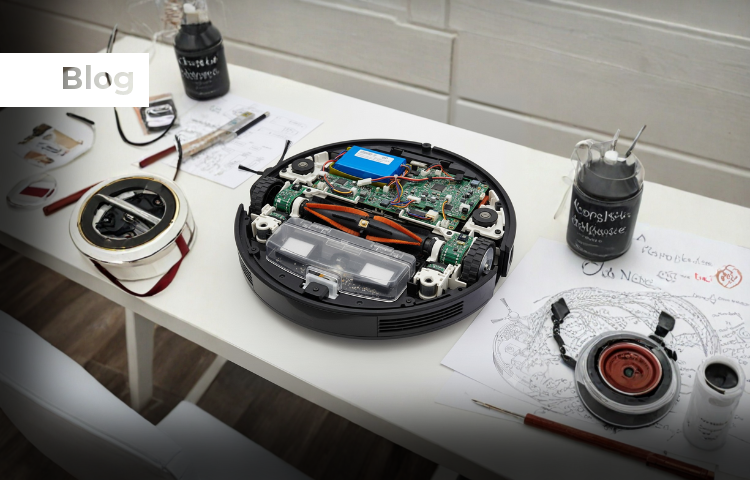We are excited to announce the launch of our latest LiveBench Lab, highlighting the remarkable capabilities of the RZ/V2MA SMARC SOM. This advanced development platform is designed to enhance the creation of AI-driven embedded applications, machine vision systems, and sophisticated image processing solutions.
Why the RZ/V2MA SMARC SOM?
The RZ/V2MA features a highly power-efficient AI accelerator (DRP-AI) and an OpenCV accelerator, offering an exceptional balance between performance and power consumption. It includes dual Cortex-A53 CPU cores and a suite of high-speed interfaces, making it an ideal choice for various applications. Here’s what makes the RZ/V2MA SMARC SOM stand out:
- AI Acceleration: The DRP-AI provides 1.0 TOPS/W class power performance, combined with an OpenCV accelerator for seamless image processing without the need for API modifications.
- High-Speed Interfaces: With 1× Gigabit Ethernet, 1× USB3.1 Gen1, 1× PCIe® Gen 2 (2 lanes), 2× SDIO 3.0, and 1× eMMC™ 4.5.1, the RZ/V2MA offers versatile connectivity options to meet various project requirements.
- Video and Graphics Processing: Support for H.265/H.264 multi codec with encoding capabilities up to 2160p for H.265 and up to 1080p for H.264 ensures superior video quality.
- Memory and CPU: Dual Cortex-A53 CPUs running at up to 996 MHz and a 32-bit LPDDR4-3200 memory interface provide robust processing power and memory bandwidth.
- Compact Package: The FCBGA package with a 15×15 mm size and 0.5-mm pitch is perfect for space-constrained applications.
Explore the LiveBench Lab Capabilities

Our new LiveBench Lab is designed to help you explore the full potential of the RZ/V2MA SMARC SOM.
Here’s what you can do with it:
- Run Machine Vision Algorithms: Execute machine vision algorithms on three different types of input feeds (demo video, user-uploaded video, and live webcam feed) to optimize performance.
- Compare Performance: Effortlessly compare the performance of various machine learning models for object detection, pose estimation, and more.
- Monitor System Parameters: Gain deep insights into electrical and thermal variations during algorithm execution for system stability evaluation. Monitor voltage, current, and power fluctuations, as well as temperature variations using a thermal camera.
- Power Cycling: Observe the variation of initial transient current, voltage, and power in real time by applying a power cycle operation on the board.
- Benchmarking: Benchmark the board’s performance using standard Python scripts and a CLI to ensure it meets your project requirements.
Get Started Today!
The new LiveBench Lab for the RZ/V2MA SMARC SOM is now live and ready for you to explore. Whether you’re developing AI-driven embedded applications or advanced image processing solutions, this lab provides all the tools you need to evaluate and optimize your projects.





